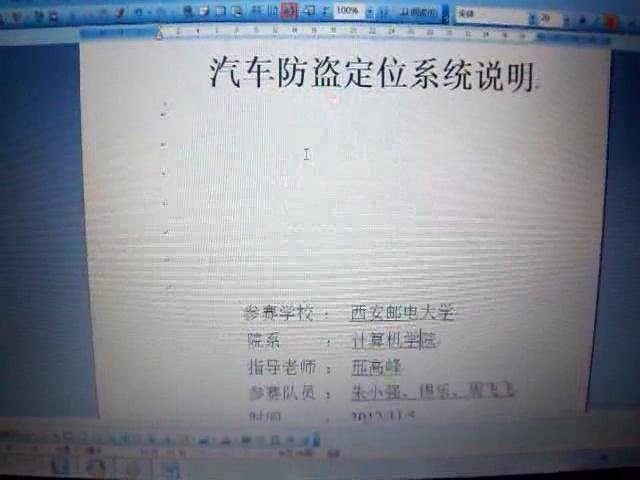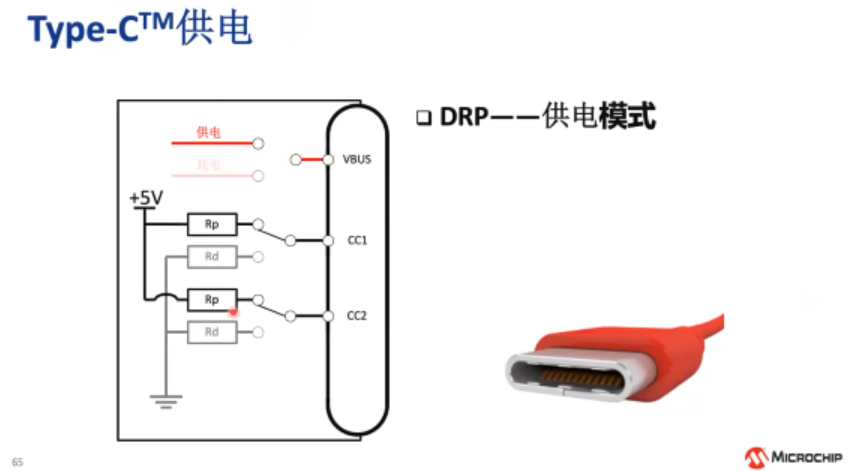C++ 在類里面使用多線程技術
前言
有很多時候,我們希望可以在C++類里面對那些比較耗時的函數使用多線程技術,但是熟悉C++對象語法的人應該知道,C++類的成員函數的函數指針不能直接做為參數傳到pthread_create,主要因為是C++成員函數指針帶有類命名空間,同時成員函數末尾是會被C++編譯器加上可以接收對象地址的this指針參數。因此需要將成員函數做一定的轉化,將其轉化為不被編譯器加上this指針,而由我們自己來為該函數維護”this”指針即可。
舉例:
#include <stdio.h>
#include <stdlib.h>
#include <iostream>
#include <time.h>
using namespace std;
class Test
{
public:
int sum=0;
int cnt;
public:
int insert();
};
int Test::insert()
{
sleep(2);
cnt+=1;
}
如上所示,代碼聲明了一個類Test,假設該類有一個十分耗時的成員函數:insert(),這個求和函數每次執行需要2000ms的時間。對于如此耗時的函數,我們在設計時都會想方法將其設計為線程函數,這樣調用者才不會阻塞。
于是我們為其加上多線程:
#include <stdio.h>
#include <stdlib.h>
#include <iostream>
#include <time.h>
#include <unistd.h>
#include <pthread.h>
using namespace std;
class Test
{
public:
int sum=0;
int cnt;
public:
int insert();
void * insert_pth(void*);
void lanch();
};
int Test::insert()
{
sleep(2);
sum+=1;
}
void * Test::insert_pth(void*)
{
insert();
}
void Test::lanch()
{
pthread_t pth;
pthread_create(&pth,NULL,insert_pth,NULL);
}
int main()
{
Test t;
t.lanch();
return 0;
}以上代碼通過調用lanch()來創建多線程來執行insert_pth,insert_pth 再調用insert().
但是 這樣的代碼在編譯時即會報錯。
pthread.cpp: In member function ‘void Test::lanch()’:
pthread.cpp:30:42: error: invalid use of non-static member function
pthread_create(&pth,NULL,insert_pth,NULL);
只需將insert_pth變化為static函數,同時將insert邏輯代碼轉移到insert_pth即可
#include <stdio.h>
#include <stdlib.h>
#include <iostream>
#include <time.h>
#include <unistd.h>
#include <pthread.h>
using namespace std;
class Test
{
public:
int sum=0;
int cnt;
public:
int insert();
static void * insert_pth(void*);
void lanch();
};
int Test::insert()
{
sleep(2);
sum+=1;
printf("%d insert.....\n",sum);
}
void * Test::insert_pth(void* __this)
{
Test * _this =(Test *)__this;
sleep(2);
_this->sum+=1;
printf("%d insert.....\n",_this->sum);
}
void Test::lanch()
{
pthread_t pth;
pthread_create(&pth,NULL,insert_pth,(void*)this);
}
int main()
{
Test t;
t.sum=0;
t.lanch();
sleep(5);
return 0;
}總結
使用多線程處理耗時成員函數的步驟:
1. 聲明另外一個靜態函數:static void XXX_pth(void __this);
該函數與目標成員函數在函數名盡量保持一致
2. 將原成員函數的代碼拷貝至void * XXX_pth(void * __this);
在 XXX_pth()開始處將void * __this 轉化為 對象的指針 ObjectPoint _this;
將拷貝下來的所有成員變量加上_this->
3. 編寫線程啟動代碼。
注意pthread_create()最后一個參數傳入this指針
注意
在 XXX_pth()函數內容不要調用類的其它成員函數,否則成員函數將無法獲取正確的指針而操作錯誤內存,從而導致segmantation fault.
在C++的類中,普通成員函數不能作為pthread_create的線程函數,如果要作為pthread_create中的線程函數,必須是static !
在C語言中,我們使用pthread_create創建線程,線程函數是一個全局函數,所以在C++中,創建線程時,也應該使用一個全局函數。static定義的類的成員函數就是一個全局函數。
更多 參考 http://blog.csdn.net/ksn13/article/details/40538083
#include <pthread.h>
#include <unistd.h>
#include <stdio.h>
#include <stdlib.h>
class Thread
{
private:
pthread_t pid;
private:
static void * start_thread(void *arg);// //靜態成員函數
public:
int start();
virtual void run() = 0; //基類中的虛函數要么實現,要么是純虛函數(絕對不允許聲明不實現,也不純虛)
};
int Thread::start()
{
if(pthread_create(&pid,NULL,start_thread,(void *)this) != 0) //′創建一個線程(必須是全局函數)
{
return -1;
}
return 0;
}
void* Thread::start_thread(void *arg) //靜態成員函數只能訪問靜態變量或靜態函數,通過傳遞this指針進行調用
{
Thread *ptr = (Thread *)arg;
ptr->run(); //線程的實體是run
}
class MyThread:public Thread
{
public:
void run();
};
void MyThread::run()
{
printf("hello world\n");
}
int main(int argc,char *argv[])
{
MyThread myThread;
myThread.start();
//test.run();
sleep(1);
return 0;
}編譯運行:
diego@ubuntu:~/myProg/pthreadCpp$ g++ main.cpp -lpthread
diego@ubuntu:~/myProg/pthreadCpp$ ./a.out
hello world
diego@ubuntu:~/myProg/pthreadCpp$










